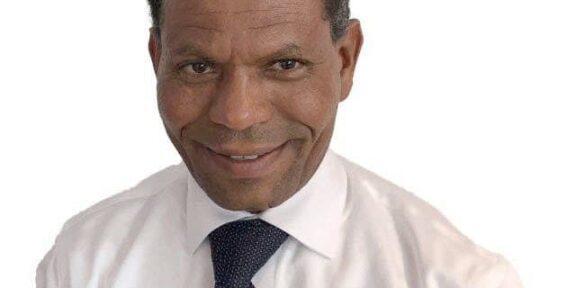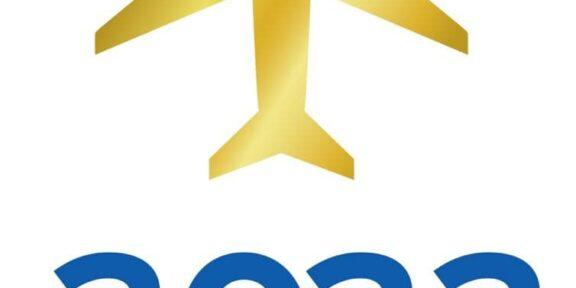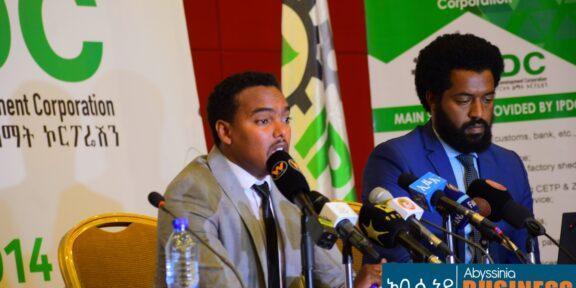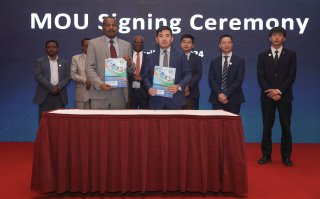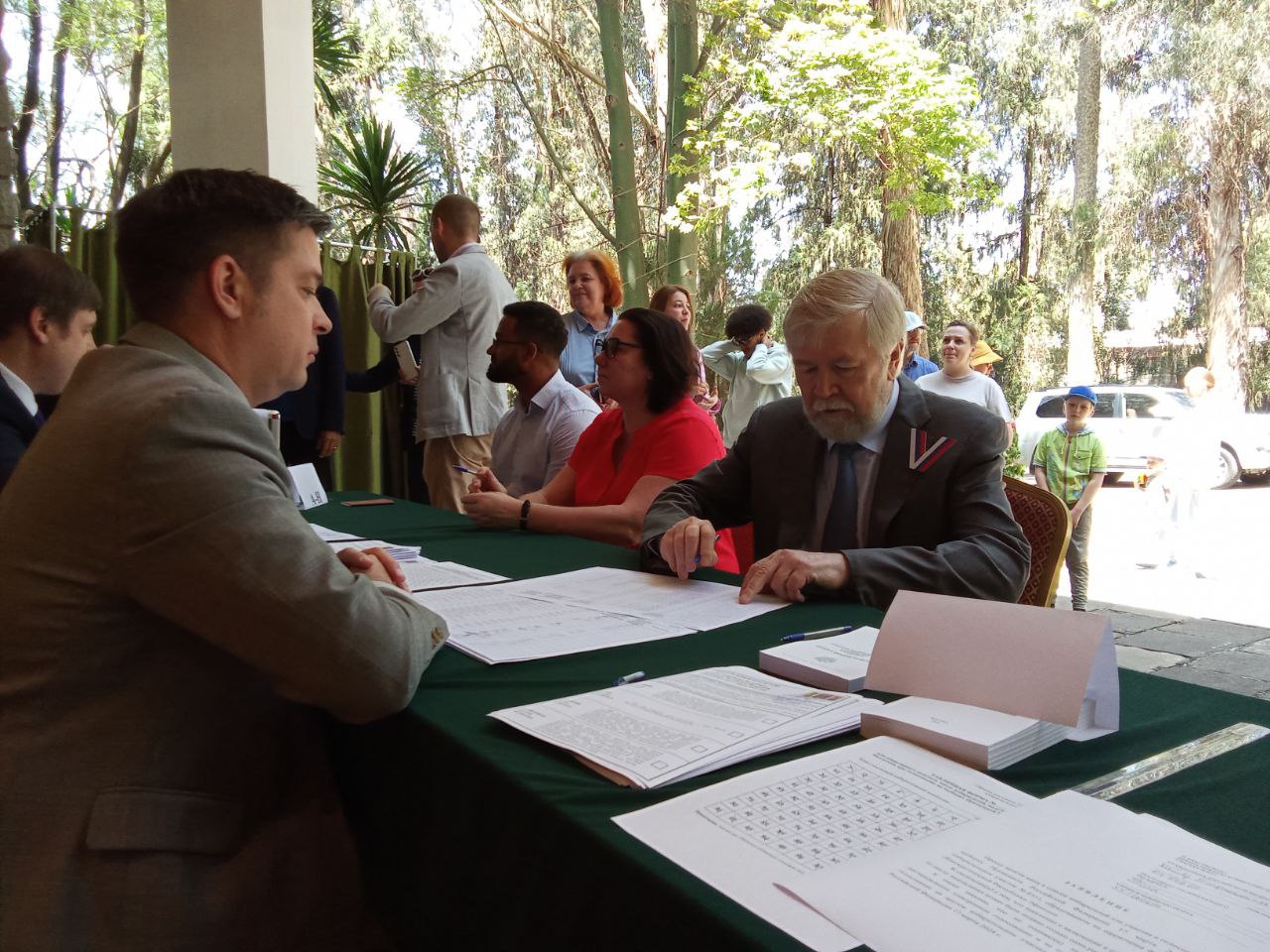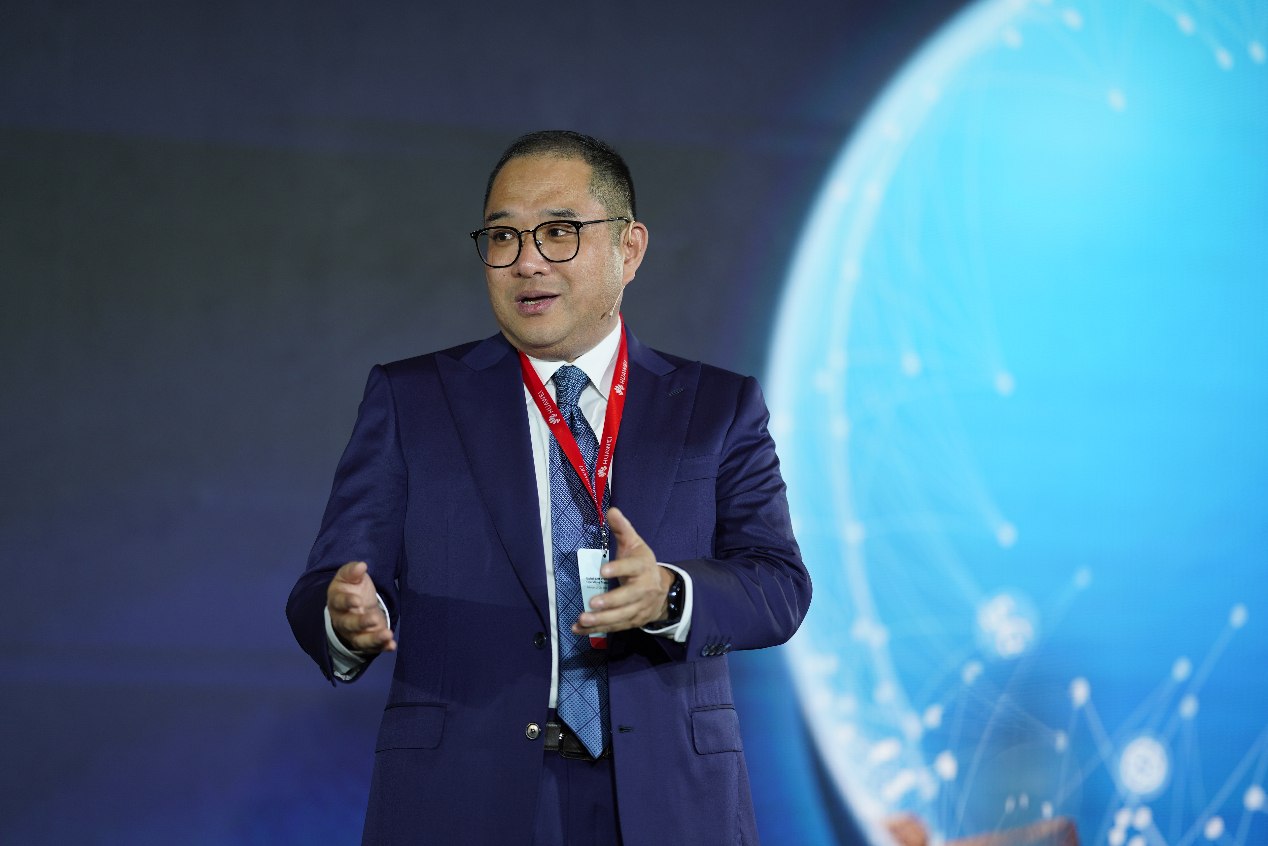The Grand Ethiopian Renaissance Dam (GERD) project is a majestic hydroelectric plant, which has such a large reservoir that it, alone, fully controls the river, thus fulfilling an ancient dream: the idea that the Blue Nile could somehow be “governed”. With its impressive installed two powerhouses, providing an unusually flexible operation and a huge power reserve, this extraordinary plant places itself among the world’s largest RCC dams and it is going to boost the future of Ethiopian energy production.
The Grand Ethiopian Renaissance Dam project, currently under construction in Ethiopia, is located approximately 40 km downstream of the confluence with the River Belles at a narrow point about 15 km upstream of the Ethiopian border with Sudan.
The main dam is a roller-compacted concrete (RCC) gravity dam with a maximum height of 175 m and a length of about 2 km at crest elevation, reaching a total volume of about 10 million m3.
The concrete-faced rock fill (CFRD) saddle dam is 60 m high and approximately 5 km long, with an embankment volume of 15 million m3. Its composite cut-off, made up of grouting and plastic diaphragm panels, was conceived to fulfill two different requirements: permeability and erosion control.
“We are aggressively working to achieve our goal to generate power from two turbines of our flagship mega-project during the upcoming rainy season between June and August 2021.”
The river diversion system, designed to discharge up to 14’700 m3/s, includes four culverts for discharging during the dry season and a temporary stepped spillway structure located in the central part of the dam, for dam overtopping during the wet season.
A system of three spillways safeguards the project against the Probable Maximum Flood (30’200 m3/s peak and 18’000 m3/s routed discharge): the main service gated spillway, located on a saddle area; the aforesaid free-flow crest spillway on the overflow section of the main dam; the side channel un-gated emergency spillway.
The main dam is crossed by sixteen penstocks (8 m diameter), two of which at lower elevation committed to early generation during reservoir impounding.
The two outdoor powerhouses are located at the main dam toe on the right and left riverside housing 7 turbine units and 6 turbine units respectively, with a total of 5550 MW potential. The step-up transformers, erected in the yard between the main dam downstream face and the powerhouses, are connected through overhead lines to the 500 kV switchyard, located on right bank.
GERD General Manager, Eng. KifileHoro said, “We are aggressively working to achieve our goal to generate power from two turbines of our flagship mega-project during the upcoming rainy season between June and August 2021.”The $5 billion Grand Ethiopian Renaissance Dam is expected to collect 13.5 billion cubic meters of the Blue Nile River water in the rainy season, swelling its reservoir to 18.4 billion cubic meters, Eng. Kifile said.
The General Manager further said that a power line 650 kilometers long has been completed to connect the electricity generated at the Dam to the country’s power grid, adding that the dam is now over 80% complete and is expected to reach full generating capacity in 2023, making it Africa’s largest hydroelectric power plant and the world’s seventh-largest.
Currently, the total civil works of the Dam reach 91.4% while other activities such as installation and construction of control system, powerhouse, and power distribution centers are being carried out as per the plan.
With regard to the financial performance of the project, Eng. Kifile noted that although the project cost was initially 78 billion birr it has now incurred 120.5 billion birr due to project delay caused by mismanagement and corruption as well as construction input price hike and inflation, disclosing that a total of 180 to 185 billion birr is expected to complete the Dam.


